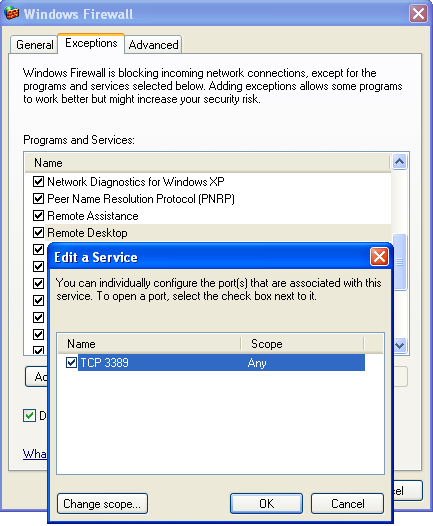
Name: -Win10-EndpointProtection-FirewallRules-Block (or follow your current naming standard).Configure the following for the new profile and select the Windows Defender Firewall blade afterwards:.In the Intune portal, navigate to the Device Configuration blade.Create an Endpoint Protection profileĪs mentioned already, the new Windows Firewall rule configuration feature exists under the Windows Defender Firewall configuration blade in an Endpoint Protection profile. I’ll also cover what’s required to be configured in case that you don’t want to perform a blocking operation in the firewall rule, and instead perform an allow operation. This would prevent your end users to remotely access their devices, so let’s go with this as an example throughout the blog post in order to configure this on your Windows 10 devices with the new Windows Firewall rules configuration feature available in Microsoft Intune. Say that you want to take preventive measurements for potential future vulnerabilities and block incoming Remote Desktop requests on your Windows 10 devices, resulting in blocking port 3389. Let’s paint a scenario here for demonstration purposes though. Recently, there’s been a some chatter about a known vulnerability exploiting the Remote Desktop Services for older versions of Windows, however not affecting Windows 10 specifically. Read more about the settings and the Firewall CSP from the below documentation: As of writing this blog post, this new feature is currently in preview and there’s some smaller known limitations, more about those later in this post.Įven though this new feature is finally available through the native portal experience, the Firewall CSP in Windows 10 has been around since version 1709 supporting this type of configuration. Microsoft Intune does now have the capability to add custom firewall rules to a Windows 10 device using Endpoint Protection profiles.

However, this changes now. It’s been a long wait, but it’s finally here.

Up until today, there’s been no built-in way to manage these configuration requirements other than resorting to custom PowerShell script deployed using the Intune Management Extension. As for many organizations, it’s an extremely common requirement to be able to configure the local Windows Firewall on any given in terms of adding specific rules.


 0 kommentar(er)
0 kommentar(er)
